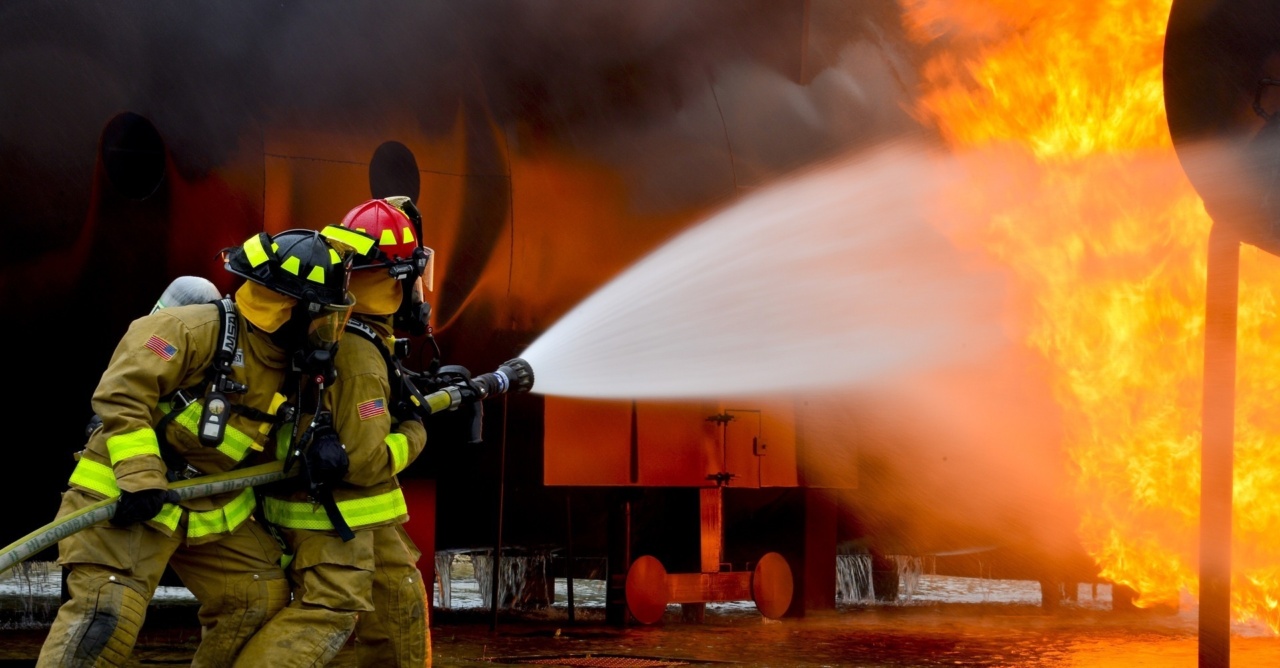Dogs have always been considered man’s best friend. Their loyal and affectionate nature makes them wonderful companions.
However, it is important to remember that dogs are still animals with instincts and natural behaviors that should be properly managed through training. Unfortunately, some owners fail to recognize the potential danger in not adequately training their dogs, leading to a variety of negative consequences for both the dog and those around them.
The Importance of Training
Training is not only crucial to a dog’s mental and physical well-being but also serves as a means of ensuring the safety of both the dog and those they come into contact with.
A properly trained dog understands boundaries, commands, and appropriate behavior in various situations. Without this training, the risk of dangerous behavior increases significantly.
Aggression
One of the most significant risks associated with not training a dog properly is the development of aggressive behavior. Aggression in dogs can manifest in various forms, including biting, growling, snarling, and lunging.
This can lead to serious injuries and trauma for individuals who come into contact with the dog. Moreover, these aggressive behaviors can result in legal consequences for the owner, such as fines or even the dog being put down.
Unpredictable Reactions
Without proper training, dogs may not react predictably in different situations. For example, an untrained dog may become anxious or aggressive when exposed to new environments or when approached by strangers.
This unpredictability not only poses a risk to the dog but also to those around them, potentially leading to unfortunate and avoidable accidents.
Leash Reactivity
Dogs who have not been properly trained often exhibit a phenomenon known as leash reactivity. Leash reactivity occurs when a dog reacts aggressively or becomes overly excited when on a leash.
This can be incredibly challenging for owners to handle and poses a grave risk to other animals, pedestrians, or even the owner themselves. An uncontrolled dog on the leash can result in accidents, injuries, and strained relationships with neighbors and other pet owners.
Lack of Recall
Another consequence of poor training is the inability for a dog to respond to recall commands.
Recall is an essential aspect of dog training as it allows the owner to call their dog back in potentially dangerous situations or when necessary, such as when the dog is about to run into a busy street. A dog without recall training can pose a significant threat to its own safety and the safety of others.
Destructive Behavior
Untrained dogs may develop destructive behaviors that can be both costly and dangerous. Dogs left without proper training may chew on furniture, shoes, or other household items.
Apart from the financial burden of replacing damaged items, there is also the risk of the dog ingesting something harmful or swallowing a small object that could result in an emergency vet visit.
Difficulty Socializing
Socialization is a critical part of a dog’s upbringing. Without proper training and socialization, a dog may struggle to interact appropriately with other animals and humans.
This can lead to fear, anxiety, or aggressive behavior, resulting in tense encounters with strangers or other pets. A poorly socialized dog may react negatively to seemingly harmless situations, increasing the risk of incidents and potential harm.
Risk of Running Away
Dogs that have not been trained effectively are more likely to run away or escape when given the opportunity. Whether due to a lack of recall training or simply a failure to understand boundaries, dogs that roam freely pose numerous risks.
These risks can range from traffic accidents, attacks by other animals, or simply becoming lost and unable to return home.
Legal Implications
In some jurisdictions, the legal implications of not properly training a dog can be severe. If your untrained dog causes harm or poses a threat to others, you as the owner may be held responsible.
This could result in lawsuits, fines, and even criminal charges. Moreover, an incident involving your dog could lead to the authorities enforcing restrictions, such as mandatory muzzling, fencing, or even confiscating your beloved pet.
Unfulfilled Dog-Owner Relationship
Lastly, failing to provide proper training for your dog can strain the relationship between you and your furry friend. Dogs thrive on structure, routine, and the guidance of their owners.
Without training, dogs may become confused, frustrated, and display problematic behaviors that may lead to a strain in the bond between you and your pet.
The Benefits of Proper Training
While the potential consequences of not training your dog properly can be dire, it’s important to highlight the numerous benefits that come with investing in training.
Properly trained dogs are more confident and exhibit better impulse control. They are less likely to engage in destructive behaviors, respond reliably to commands, and are generally happier and less anxious.
Additionally, a well-trained dog is more likely to be accepted in various public spaces, allowing you to enjoy a wider range of activities together. A strong bond is developed through training, fostering a harmonious and enjoyable relationship between you and your dog.
Conclusion
Training is an essential aspect of responsible dog ownership. Failure to train your dog properly can lead to a variety of negative consequences, including aggression, unpredictable reactions, and the development of destructive behaviors.
It can also impact your dog’s well-being, their relationships with other animals and humans, and even have legal implications. By investing time and effort into training your dog, you can ensure their safety, the safety of others, and foster a strong and loving bond between you and your four-legged companion.



























